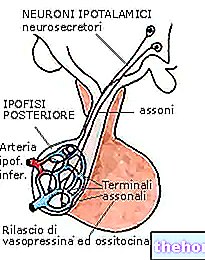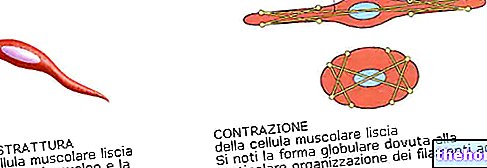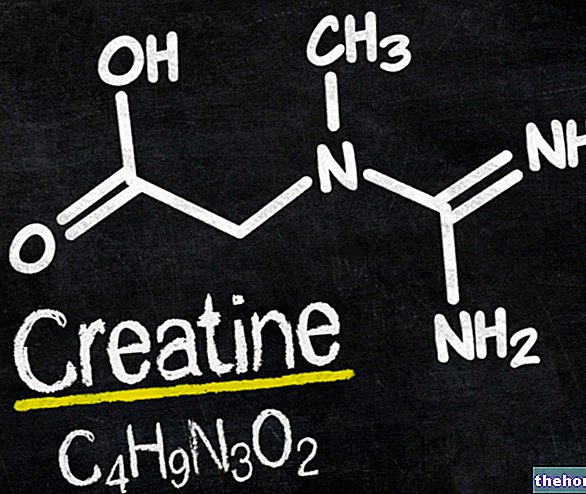
This is why, always in resting conditions, modest quantities of ATP are stored in the fiber cells. Once muscle contraction has begun, they cannot sustain the effort for long periods.
Therefore, to avoid ATP insufficiency, the muscle cell must increase its production to be able to sustain the increase in the speed of use.
The ATP that provides the energy needed for contraction is produced in muscle cells by substrate-level phosphorylation and oxidative phosphorylation. When energy consumption increases in a cell, there is a reduction in the concentration of ATP and an increase in that of ADP.
These variations induce an increase in the activity of the enzymes responsible for the formation of ATP, with a consequent increase in synthesis. This happens as soon as the cell begins to contract, but these reactions still take several seconds.
So, to ensure the necessary ATP is available, muscles rely on a high-energy and readily available phosphate reserve, creatine phosphate (CP).
For further information: Creatine it relies on the release of its phosphate group to the ADP - which is always present - to form ATP.
The cell at rest contains a quantity of creatine phosphate sufficient to supply an amount of ATP equal to 4-5 times of that normally present, which allows the cell to maintain its activity, until the other reactions capable of produce ATP (anaerobic lactacid and aerobic metabolism).
The reaction of creatine phosphate with ADP is catalyzed by the creatine kinase enzyme and is reversible:
Creatine phosphate + ADP ⇄ Creatine + ATP
When this reaction proceeds from left to right, it generates ATP and creatine; when it goes from right to left, it generates ADP and creatine phosphate.
In the resting muscle cell, the reaction is in equilibrium and, for each molecule of creatine phosphate that is formed, another is converted to creatine.
On the other hand, when muscle activity begins, the concentration of ATP decreases, that of ADP increases and the reaction proceeds to the right due to the law of mass action. As a result, a certain amount of ADP is transformed into ATP, which can be used in the cross-bridge cycle by consuming creatine phosphate.
Since CP supplies are limited, this reaction can only produce ATP for a short time, which is useful in waiting for the other metabolic reactions that provide ATP.
When the muscle cell stops contracting, the supply of creatine phosphate is restored because the reduced demand for ATP causes its concentration to increase and ADP to decrease, causing the reaction to shift to the left, so that creatine phosphate is synthesized again from the creatine. In this way the CP reserves are conserved for a possible sudden increase in activity at a later time.
For further information: Effects of Creatine by needle biopsy before the start of physical exercise and, thereafter, periodically throughout the restorative phase following the exhaustive maximal effort.
The test was performed in two different ways:
- Muscle with normal blood flow;
- Muscle with occluded blood flow.
In the first case it was observed that after only 2 minutes about 85% of the CP had been restored, while at the 4th minute of restoration the percentage reached 90%, to arrive at the almost complete re-establishment of the initial value after about 8 minutes.
In the second case, however, with the blood flow occluded, the resynthesis of creatine phosphate does not occur.
This led to the confirmation that the regeneration cycle takes place thanks to the "restorative oxygen transported in the blood by" hemoglobin.
Of course, the greater the creatine phosphate depletion as a result of exercise, the greater the amount of oxygen needed for its resynthesis.
To learn more: How Much Creatine To Take?















.jpg)











